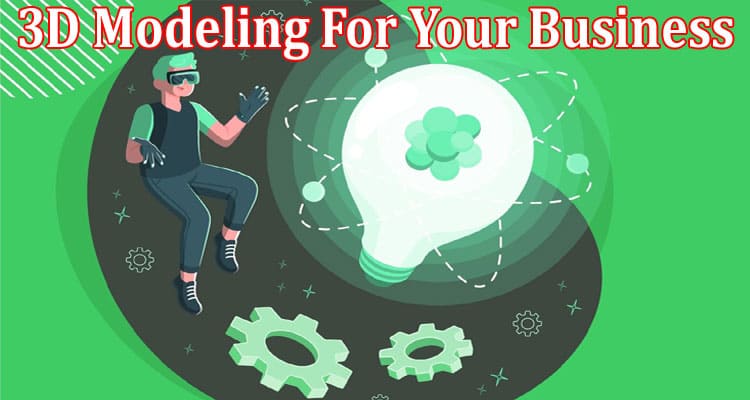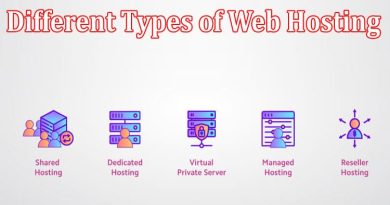3D Modeling For Your Business: How Powerful Is It?
From business prototypes to character modeling and 3D animation, the power of 3D modeling technology is harnessed by companies worldwide. In this article, we will explore the basics of this technique and how helpful 3D modeling services can be. In addition, we’ll go over just how beneficial 3D models can be for your business.
3D Modeling Basics
3D modeling is the process of creating a three-dimensional representation or visualization of a physical object. This can be done using CAD (computer-aided design), CAM (computer-aided manufacturing), and CAE (computer-aided engineering) applications.
Types of 3D Modeling Techniques
When it comes to 3D modeling, there are a few different methods that you can choose from. Each type has its own strengths and weaknesses, so choosing the one that suits your project better is essential.
The most common type of 3D modeling is polygonal. This type of model is made up of a bunch of small polygons put together to form a shape of an object. Polygonal models are suitable for things like character modeling and environment modeling. They fit project types like product visualization, game development, app creation, etc.
Another 3D modeling technique is a subdivision surface model. These models are low in polygons but can be subdivided to add more detail. Subdivision surface models also work for character modeling and organic shape creation.
The last type is NURBS modeling. NURBS stands for non-uniform rational b-splines. These models are great for things that need to be accurate, so it’s widely used for engineering purposes. NURBS models can also be converted into polygonal models, so they’re very versatile.
Different Uses for a 3D Model
A 3D model can be used for different purposes depending on its creator’s or user’s needs. For example, a 3D model can be used:
- for architectural visualization;
- to create content for video games;
- as a training tool for medical practices;
- as a prototype for testing products or manufacturing processes;
- to study the effects of changes in environmental conditions on objects or structures.
Benefits of Utilizing 3D Modeling for Business
3D modeling is an excellent tool for businesses because it allows you to communicate ideas and concepts more clearly than just using text or pictures ever could. Let’s take a closer look at its benefits.
- Increased sales. 3D modeling helps customers understand how something works and how it should be used in their home or office before buying it themselves.
- Better communication. 3D modeling is a visual means of communicating. It allows you to express your ideas and designs in an easier way for everyone involved to understand. This includes other team members, clients or customers, suppliers, and even competitors.
- Decrease product development cost & time. What if we changed this? How would that affect other parts? These questions can be answered by testing out different modifications before starting work on them physically. This way, manufacturers can avoid wasting time on unnecessary modifications that won’t actually improve their design or business model but just take up time and costs.
- More optimized manufacturing. When you have accurate 3D models of your product, it’s easier for your employees to pick up where another one left off or make adjustments on their own without having someone else do it for them. This means less time wasted waiting around for someone else to do some job and fewer confusions at work.
- More accurate product development. A 3D model is much more than just a wireframe. It allows you to see your product from all sides, including all its intricate details. You can also easily modify the model, adding or removing features as needed.
To Summarize
Today 3D modeling is used for various purposes, including prototyping, animation, and even gaming. However, the future of 3D modeling is even more exciting. With the advent of VR and AR, 3D modeling has become an even more powerful tool for designers and engineers.
3D modeling has already transformed the way many industries operate. In the automotive industry, for example, engineers can now use 3D models to test new designs before they are manufactured. This allows for a much faster and more efficient design process. Additionally, 3D models can be used to create virtual prototypes that can be tested in various scenarios.
Moreover, as VR and AR technology becomes more commonplace, 3D modeling will likely play an increasingly important role in various fields. Designers can create realistic simulations of products and environments that users can experience completely immersively.
Overall, it’s clear that 3D modeling is a powerful tool that will only become more widespread and influential in the future. As new technologies emerge, we can expect to see even more innovative uses for 3D modeling in various fields.




